I’ve said it before and I’ll say it again, the Keap Decision Diamond is my Achilles heel.
(Heck, it’s why I wrote this blog post about simplifying them using cascading logic.)
But this blog post isn’t about decision diamonds, in fact, it’s about scenarios where you should avoid them.
No Decision Diamond Needed
Keap decision diamonds are great when you either want one scenario to happen, or another.
(as a reminder, Keap is the platform formerly known as Infusionsoft)
They’re perfect for segmenting people so you can speak to them differently, based on what you know about them.
In fact, here’s a robust blog post answering seven of the most important questions about Keap decision diamonds.
But there are scenarios in the campaign builder where I see people try to branch campaigns into different sections based on whether or not someone has taken an action, and that’s where things start to get complicated – because what if they take that action after you’ve already segmented them.
Have a look at this video where we run through a few examples and how to simplify these campaigns:
The key take away here is that because we know that goals advance people in a Keap campaign, we also know that someone who has not advanced must not have achieved that goal – and we can build our automation accordingly.
Let’s take a closer look at a few examples.
Example 1:
In this scenario we’ve got a campaign designed to trigger an SMS message (through a third party add-on tool), and then we have two possible outcomes.
We want one thing to happen if the message is sent successfully, and something else to happen if it isn’t sent successfully (like, say, attempt to resend it).
Now, if you take out the SMS bit this a bit it’s actually a really common scenario.
But remember, campaign goals not only start the automation that comes after them – but they also stop what comes before them.
So rather than building the second attempt in as it’s own outcome, we can actually bake any second or third attempts right into that original sequence because we know as soon as the SMS message is successfully sent, the contact will jump right to that point in the campaign.
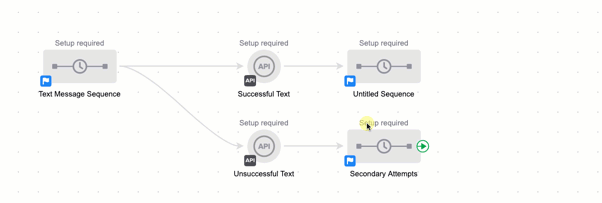
This next example is variation of the first – but instead of working with SMS, we’re now talking about Email.
Example 2
The situation is this – we’ve got an email going out, but it’s an important one, so we want to make sure everyone sees it.
The question becomes how can we automatically resend it to people who haven’t opened the email?
The answer is probably less complicated than people think.
Rather than use an Infusionsoft decision diamond to branch contacts into those who have or haven’t opened the email, you can actually just build your second (and third, fourth, etc) email attempts right into that original sequence – because the minute the contact achieves the goal downstream any automation preceding the goal would stop.

Caveat: I should also point out that you should use this particular tactic (and the Email Open Goal in general) with caution.
Email opens are kinda a sketchy metric, they’re dependent on how the recipient’s email client reports information back to Infusionsoft, so it is possible to report an open when the contact didn’t read the email, and possible for the email to be read without reporting an open.
K decision diamonds are incredibly powerful, and I hope you found this post valuable – please leave any comments or questions you have below.
And if you want to get to know the campaign builder better, check out the Advanced Automations Course in the Keap Academy Platform.

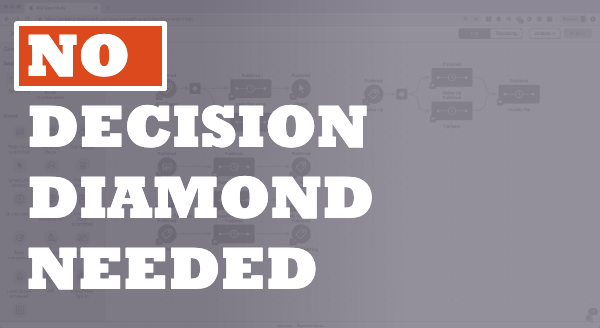
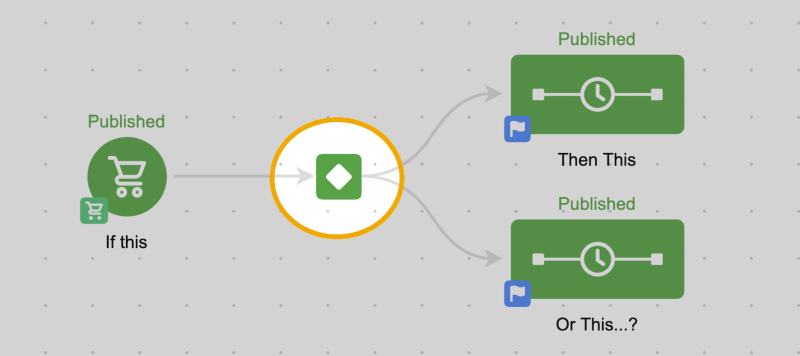
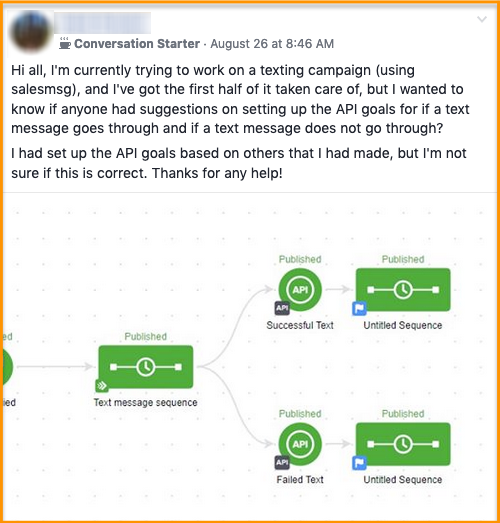
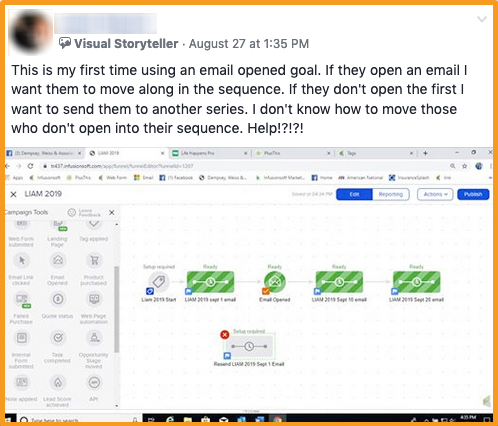



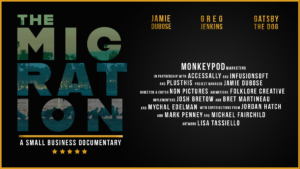
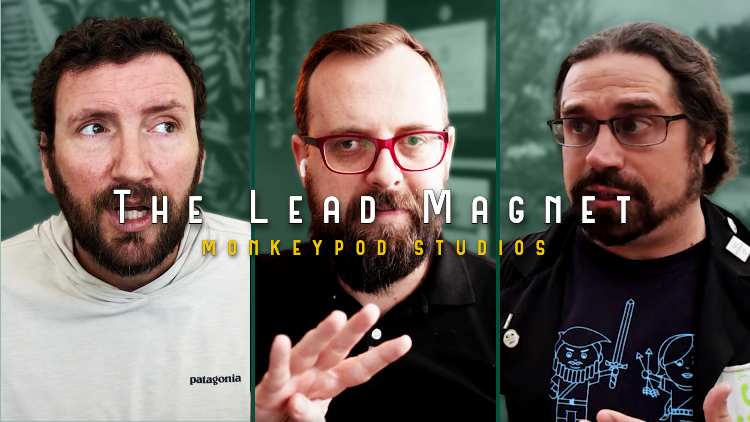
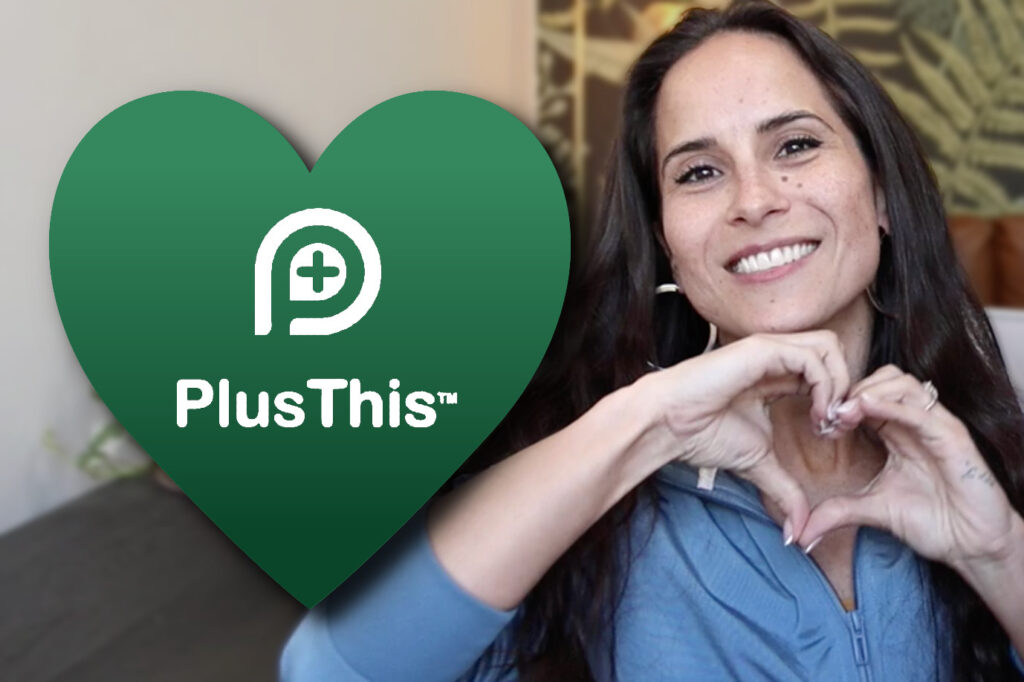
This was perfect timing Greg, as it answered a question about a campaign I am about to build and made it a lot more simple. Really valuable free content,which makes me want to buy your courses — so it’s working! 🙂
Excellent. My master plan is all coming together. ~Evil.Laugh~
For real, let me know if I can help with anything. Thanks for reading/watching!
Good work Greg – as usual 🙂
Thanks Christian, appreciate you reading along!
Greg, this post helped me today so my campaign didn’t turn into a nightmare! Thanks as always for all you do for us.
So glad to hear it Chris! Thanks for taking the time to circle back and let me know. Appreciate you!